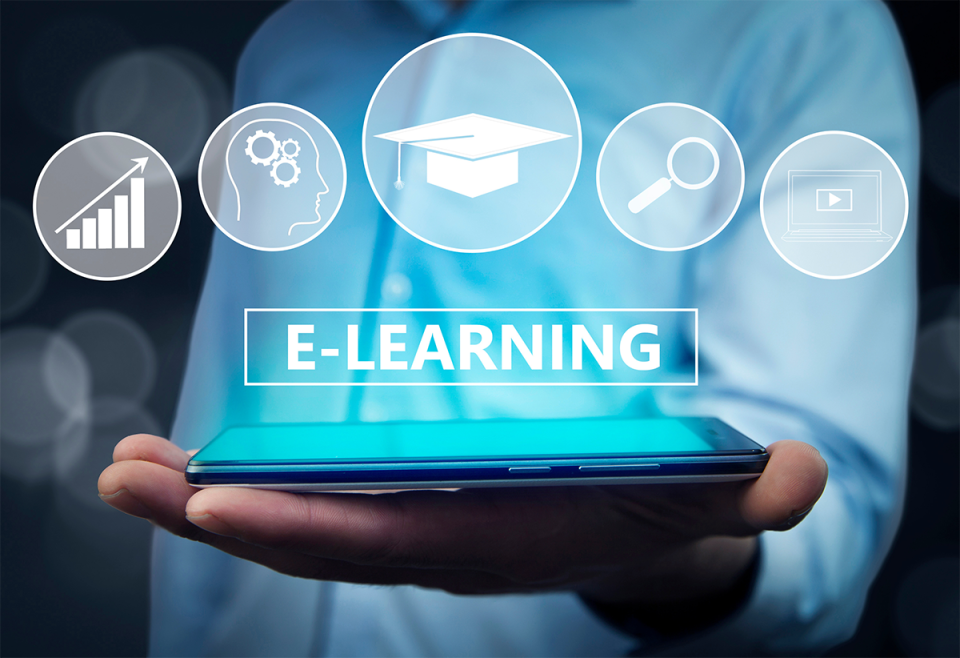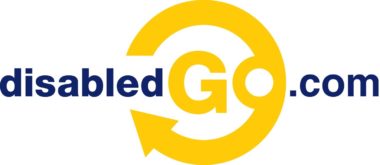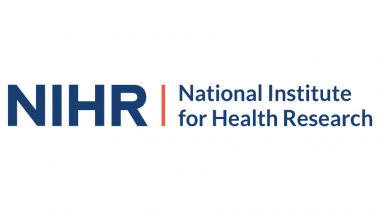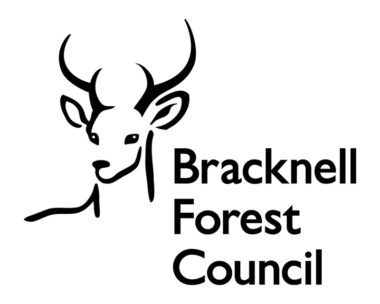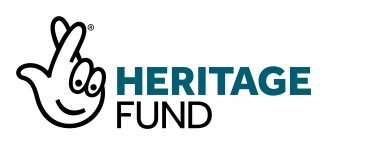This employment blog on accessible learning resources is part 1 of 5 in this series.
Making sure that websites are accessible for everyone can be a tall order, although it should not be. Not everyone is born with an impairment, and for those who have a disability in later life, this may mean that your education needs to start again. It may even lead you to a different area of expertise than you were previously in or to learn how to achieve the same results that you used to before you had a disability.
An example of this was on the news when I was writing this blog, where Conservative MP Craig Mackinlay is due to return to Parliament for the first time after suffering a life-threatening episode of sepsis, which led to the amputation of his hands and feet.
Updating Your Curriculum Vitae
A great step to take is updating your CV for when you are ready to get back into the workplace with your new skills and diverse ways of achieving goals with your impairment. However, you first need to find a way of accessing these places of learning.
There are three parts to this blog which are:
Higher Educational Facilities
As Accessibility Services are experts in web accessibility, the information in this blog will focus on online resources. However, I must say at this point, without the help of staff at these educational facilities, I would not be able to have the confidence and ability to progress into the workplace. Although the job I have now is not one that I got my degree for, it certainly has held me in good stead.
My advice to you is, if you are thinking about applying for a course and are worried about your impairment, then do not. Just contact the college or university and have a chat with them and I am sure that they will be able to assist you with your needs.
Colleges And Universities In The UK
Once you are in higher education, there is a lot of help available for you. However, one problem you may first encounter is that the institutions’ website may not actually be accessible. As many higher education’s websites are normally quite large, there may be disparities from the main site and the different schools within the facility.
I am not sure whether they rely on the head of that facility to build the web pages or they hire someone else. Whichever way, these pages need to be accessible to allow people to find out about the courses on offer and then be able to easily apply for them.
In the UK, there are:
That’s a lot of schools to worry about if their websites are accessible or not.
Inclusive Learning Environments
Nowadays, everything you need at college or university you can find online, such as:
- Module information
- Extra reading materials on your subject
- Course notes from lectures and more
These web pages may be accessible at first, but often, people’s decisions to try and make a web page look different and stand out, results in making the once accessible page, now not inclusive.
Here is a prime example from when I was at university:
Before the Easter break, I would go to the university’s Psychology School internal website and then access each of the subjects that I was taking that year. Being a screen reader user I could look at a list of links and use the initial letter to navigate straight to the required link, for example the links were labelled ‘Biological psychology’ (use b), ‘social psychology’ (use s) and ‘education psychology’ (use e). After Easter, I could not find my courses, as there were now about 100 links to a web page and using the initial letters was no longer getting me anywhere, requiring me to seek additional assistance to find them. What had happened to create this inaccessibility, was they had changed the link description the other way around, such as ‘psychology biological’ and ‘psychology social’, meaning they were now all under the letter ‘P’, with about 20 different modules being under Psychology. This is why it is so important for people to correctly label the links descriptively.
Luckily, there is normally a lot of staff that will be able to assist you on any web pages that you find to be inaccessible within a school. However, this should not be the case, as in the ideal world (which is coming with the help of Accessibility Services) all web pages should be built to be inclusive.
Accessible Online Learning
Whether looking for online learning for yourself or in a workplace, it is so frustrating when you go to an e-learning site and find that it is not accessible.
Most of the online learning sites that I have been on are free ones, not that it makes any difference, you can pay for a course and then still find out that you cannot complete it due to it being inaccessible. It is a gamble now.
As an example, I like maths and wanted to do a course that I saw online, but when I rang up to see if it was accessible, the person stated that all modules were in a PDF format. Which in turn, were the sort of PDF that had been scanned in and protected, making it completely impossible for a screen reader user to read or answer any questions. The document also would have had to be printed off, making it inaccessible for keyboard only users, so that was a no go.
Another example was, we were asked at work to look and complete a course on ‘accessibility on the web.’ The course was fine, but signing up for it was problematic. The reason was, I ended up signing up for the wrong course. There were several courses, and they were all given buttons labelled as ‘sign up’. Normally the button for this is at the end of the description. So, after reading the description, I activated the button to find that I had signed up for the course below the one that I wanted. Although it was the wrong one, I still did it, and it was not too bad, but I could have paid for it on a subject that I had no interest in at all. Some courses are not cheap, and if I had paid a lot of money, I would not have been happy.
The Problem With Workplace Mandatory Training
There are several mandatory training courses in a workplace. Normally accompanied by an encouraging email with a deadline.
At Accessibility Services, we have assessed several of these sites, and we have been able to point out some of the issues that make the training inaccessible—issues that can only be found by performing manual assessments.
Here are some examples of common errors found within online training:
- Questions which cannot be read by a screen reader user, but the options to choose from can.
- Sliding scales which get stuck in the middle, due to it not being corrected designed, resulting in a keyboard only user not being able to adjust it.
- Buttons with answers to choose from, which are not labelled. For example, you may have a question that you can read, but the answer is a multiple-choice of five buttons, which are not labelled. You may know the answer, but how do you know which button to select?
- On one platform we could not even access the first page with assistive technology.
You may be the first person in your place of work that cannot access the training, but they should be able to give it to you in an accessible format. Then for the year after, you’d expect it to be changed to being accessible for you in the first place.
Conclusion On Accessible Learning
Life can change at any time and we have two choices:
- Do nothing
- Or adjust and meet the challenge of re-educating yourself to get back on the employment ladder and learn how to do things differently.
As we have seen, this can sometimes be easier said than done. The internet holds an abundance of great learning resources that everyone should be able to access. It is just a shame that many platforms are inaccessible, and even on those that are accessible, it is always a worry while going through online training that you will come across some aspect that is inaccessible.
Here at Shaw Trust Accessibility Services, we want to change this worry and give more confidence to people who are using the internet, feeling assured that they can complete online training like everyone else.
Re-educating yourself is key to the first step in employment. So, we ask organisations to please not make it any harder than learning is.


